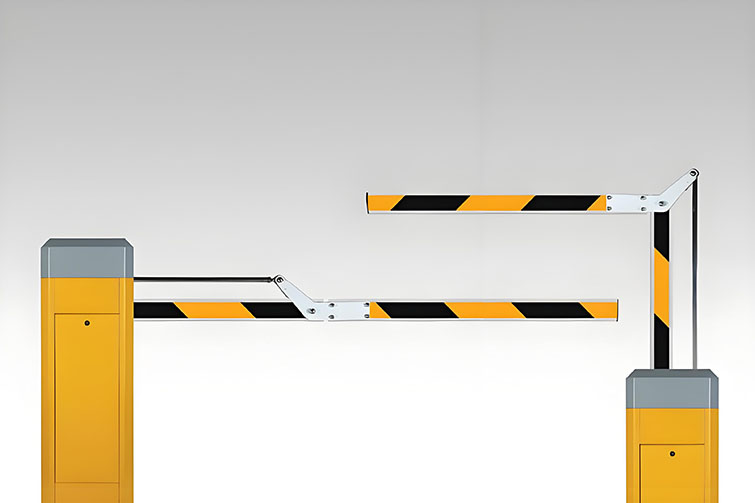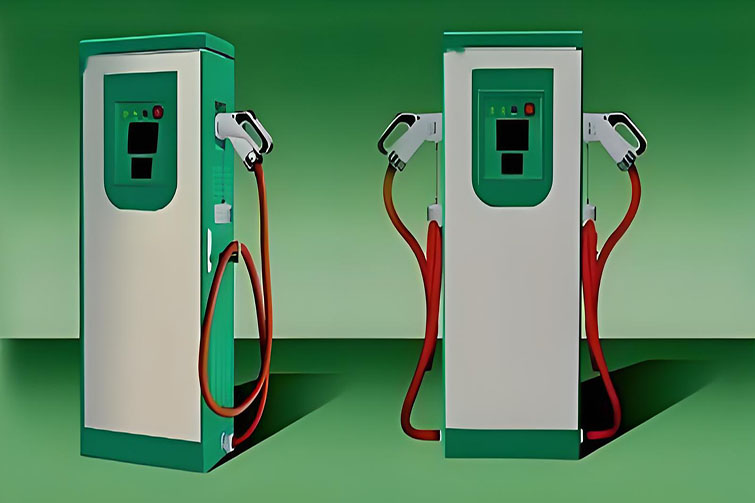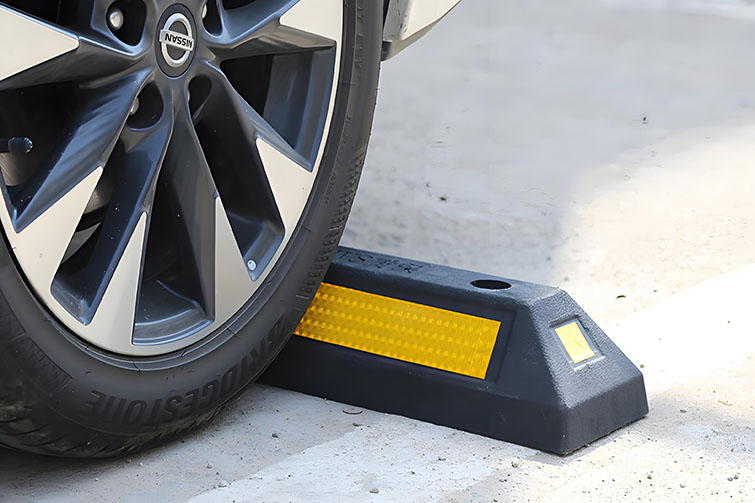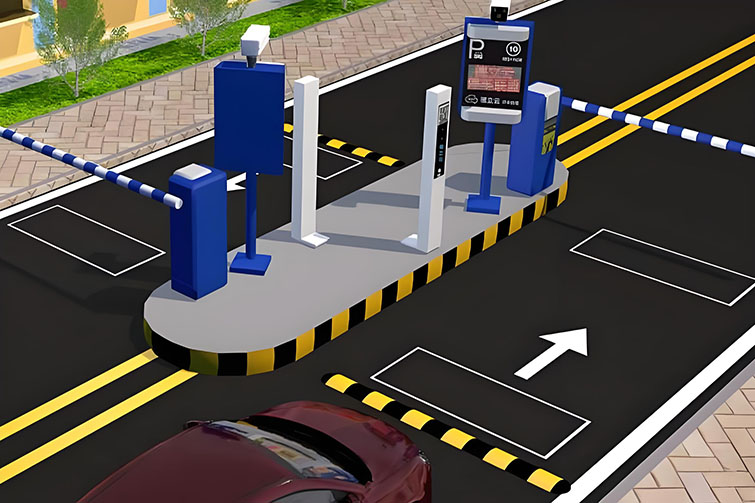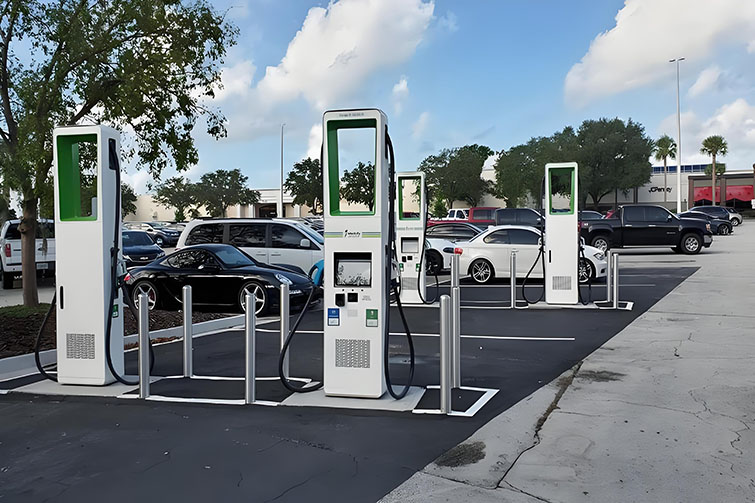
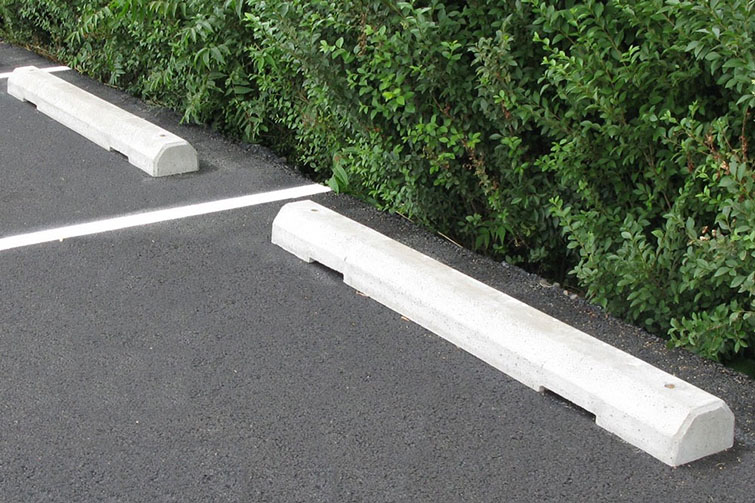
Safety Features of Concrete Parking Stops: A Detailed Look
Parking spaces are a common aspect of urban infrastructure, but managing them effectively requires more than just painted lines on pavement. Concrete parking stops are essential tools that help organize parking lots, ensure efficient vehicle positioning, and protect both property and pedestrians. These elements, also referred to as parking stoppers concrete, serve as physical cues for drivers, indicating where vehicles should stop to avoid encroaching on other spaces or pedestrian pathways.
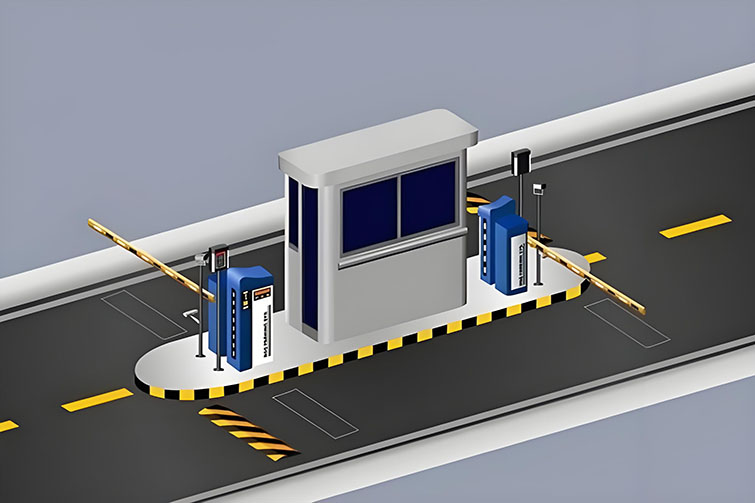
The Role of Concrete Parking Stops: Concrete parking stops are installed at the end of parking spots to act as a physical and visual barrier for vehicles. These stops prevent cars from rolling beyond their designated parking space, thereby avoiding collisions with other vehicles, pedestrian traffic, or physical obstructions like walls or fences. The presence of a concrete parking stop ensures that drivers have a tangible point of reference to gauge their parking accuracy, enhancing overall safety.
Design Features that Enhance Safety:
- Visibility: High-visibility colors such as white or yellow are often used to paint these stops, making them easily noticeable. Reflective stripes can also be added to increase visibility during night or adverse weather conditions.
- Durability: Made from high-strength concrete, these parking stops are designed to withstand the impact of vehicles without significant damage, ensuring longevity and continuous performance.
- Size and Shape: The standard dimensions of concrete parking stops allow them to accommodate a wide range of vehicle sizes, from small cars to larger SUVs, without impeding the adjacent parking space or traffic flow.
Installation and Maintenance: Installing concrete parking stops requires careful planning to ensure they are properly aligned and securely anchored to the ground. Regular maintenance includes checking for wear and tear, ensuring they remain well-painted and visible, and replacing them if they become too damaged to function effectively.

Benefits Beyond Safety: Aside from improving safety, concrete parking stops also help in maintaining the aesthetic and structural integrity of parking lots. They prevent cars from overrunning curbs and landscaping, thereby preserving the appearance and functionality of parking areas. Additionally, they can serve as boundaries for snow removal strategies and other maintenance activities.
Conclusion: Concrete parking stops are more than just simple parking barriers; they are vital components of the parking management system. By providing a reliable barrier, these parking blocks effectively prevent accidents, enhance pedestrian safety, and contribute to a well-organized parking environment. Their role in promoting safety and order in parking lots cannot be underestimated, making them indispensable in both commercial and residential settings.


